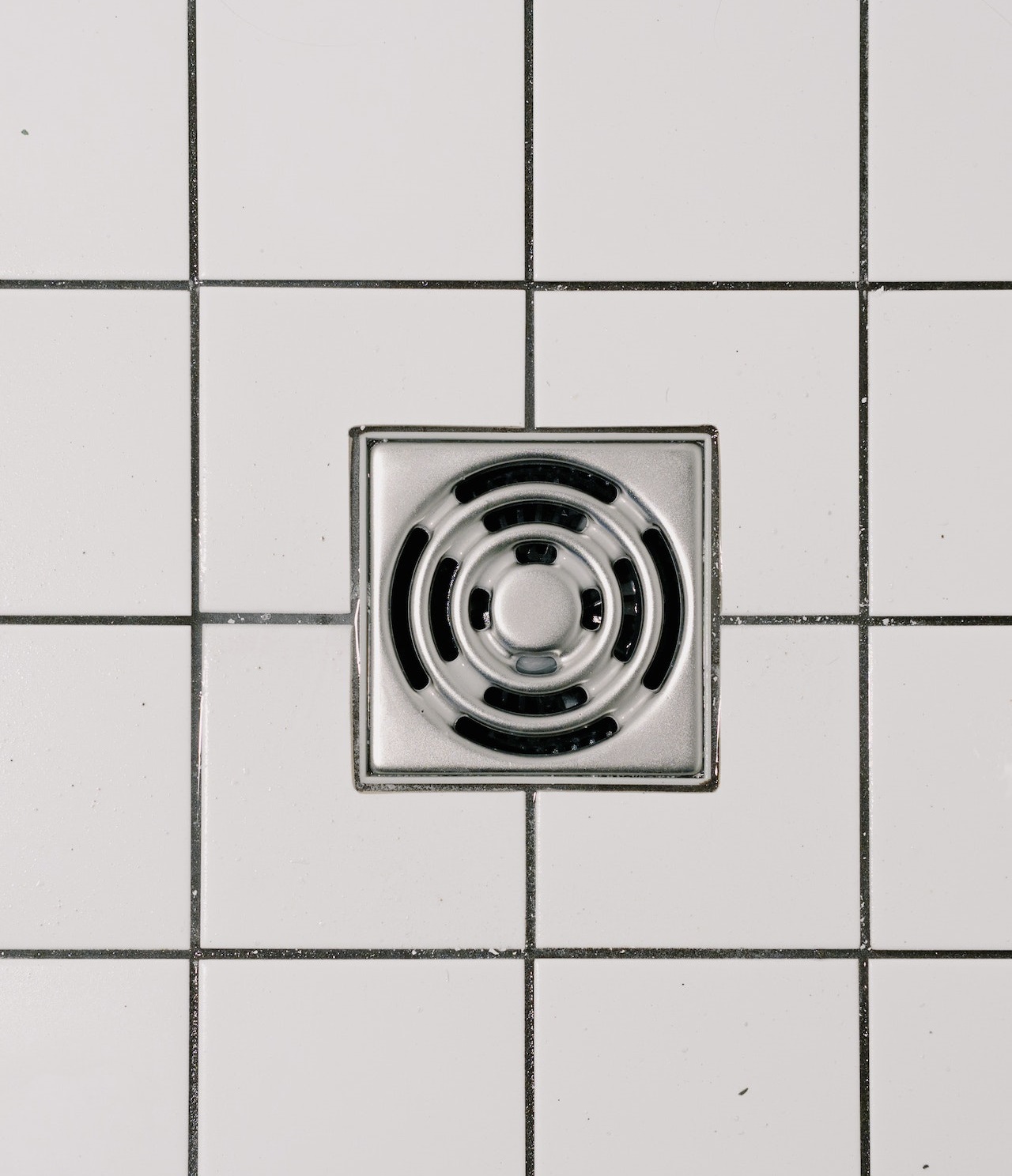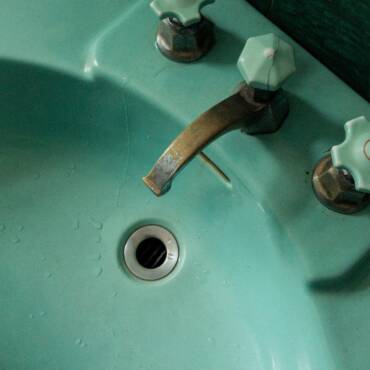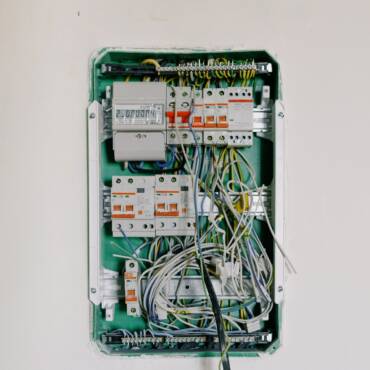Unblocking Drains can be a frustrating and messy ordeal. However, fear not! In this detailed guide, we’ll walk you through the steps to effectively unblock drains and restore proper water flow. Whether it’s a slow-draining sink, a backed-up shower, or a clogged toilet, you’ll be equipped with the knowledge and techniques to tackle the issue head-on.

Unblocking Drains
Table of Contents
- Introduction to Unblocking Drains
- Common Causes of Drain Blockages
- Signs of a Clogged Drain
- Tools and Equipment You’ll Need
- DIY Methods for Unblocking Drains
- Boiling Water Flush
- Baking Soda and Vinegar Solution
- Plunger Power
- Plumbing Snake or Drain Auger
- Prevention Tips for Maintaining Clear Drains
- When to Call a Professional Plumber
- Benefits of Timely Drain Unblocking
- Frequently Asked Questions (FAQs)
- Conclusion
Introduction to Unblocking Drains
Unblocking drains is a necessary skill that can save you time, money, and the inconvenience of dealing with water backups. While some clogs may require the expertise of a plumber, many can be successfully resolved using DIY methods. This guide will empower you to take action and keep your drains flowing smoothly.
Common Causes of Drain Blockages
Drain blockages can occur due to a variety of reasons. Common culprits include hair, soap scum, grease, food particles, and foreign objects. Over time, these substances can accumulate and form stubborn clogs that hinder water from draining properly.
Signs of a Clogged Drain
Recognizing the signs of a clogged drain is essential for addressing the issue promptly. Look out for slow drainage, gurgling sounds, foul odours, or water backups in sinks, showers, or toilets. These indicators suggest that a clog is developing and should be addressed before it worsens.
Tools and Equipment You’ll Need
Before you start tackling a clogged drain, gather the necessary tools and equipment. You’ll need a plunger, a plumbing snake or drain auger, a bucket, rubber gloves, and possibly a wrench or screwdriver, depending on the type of drain.
DIY Methods for Unblocking Drains
Boiling Water Flush
For minor clogs, start with a boiling water flush. Carefully pour boiling water down the drain in stages, allowing it to work for a few seconds between each pour. This can help break down soap scum and grease buildup.
Baking Soda and Vinegar Solution
Create a natural cleaning solution by combining baking soda and vinegar. Pour a cup of baking soda down the drain, followed by a cup of vinegar. Cover the drain and let the solution fizz for about 15 minutes. Flush the drain with hot water to clear the clog.
Plunger Power
A plunger is a versatile tool for unclogging drains. Place the plunger over the drain, ensuring a tight seal, and vigorously plunge up and down several times. The suction and pressure can dislodge minor clogs.
Plumbing Snake or Drain Auger
For more stubborn clogs, a plumbing snake or drain auger can be effective. Insert the tool into the drain and rotate it to break up or pull out the blockage. Follow the manufacturer’s instructions for proper usage.
Prevention Tips for Maintaining Clear Drains
To prevent future drain blockages, adopt these simple practices:
- Use drain strainers to catch hair and debris.
- Avoid pouring grease or cooking oil down the drain.
- Regularly flush drains with boiling water to prevent buildup.
- Dispose of food scraps in the trash, not the sink.
When to Call a Professional Plumber
While DIY methods can resolve many drain blockages, there are instances when a professional plumber should be called. If multiple drains are clogged simultaneously, if water is backing up consistently, or if DIY efforts prove ineffective, it’s time to seek expert assistance.
Benefits of Timely Drain Unblocking
Clearing clogs promptly offers several advantages. It prevents water damage, eliminates unpleasant odours, maintains proper sanitation, and preserves the lifespan of your plumbing system. Regular drain maintenance also reduces the likelihood of costly repairs down the line.
Frequently Asked Questions (FAQs)
- Q: Can I use chemical drain cleaners? A: It’s best to avoid chemical drain cleaners as they can damage pipes and harm the environment. Opt for natural solutions or mechanical methods instead.
- Q: How can I prevent hair from clogging my shower drain? A: Use a drain strainer to catch hair and clean it regularly. You can also install a hair trap over the drain.
- Q: What should I do if a plunger doesn’t work? A: If plunging doesn’t resolve the clog, try using a plumbing snake or call a professional plumber.
Conclusion
Unblocking drains doesn’t have to be a daunting task. By following the techniques outlined in this guide, you can confidently address drain clogs and keep your plumbing system functioning smoothly. Regular maintenance and preventative measures will help you enjoy clear drains and a hassle-free daily routine.



